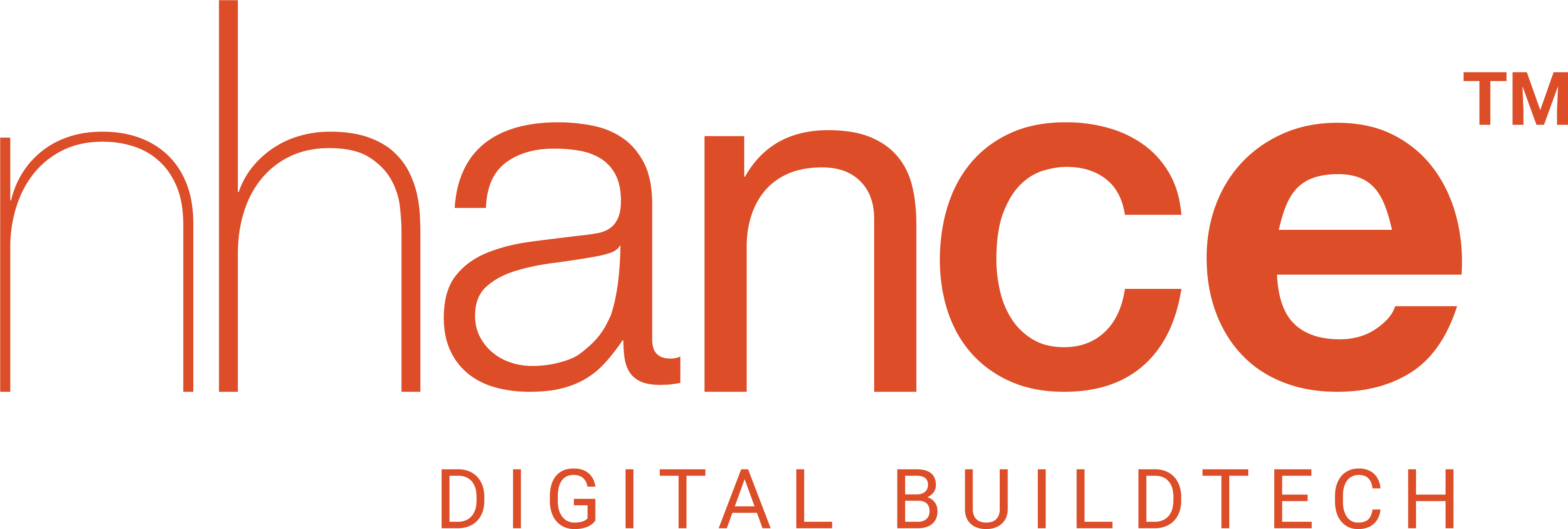According to the International Energy Agency, buildings account for roughly 1/3rd of worldwide energy use. The highest energy costs for all business and commercial facilities often come from heating and cooling, lighting fixtures, plug-load gadgets, apparatus for food service, and security control systems. Therefore, to reduce the operating costs of the building, optimization of energy consumption has become critically important.
Leveraging technologies like AI and IoT can help facilitators in achieving these goals. Never before has it been more possible to comprehend and elaborate on the activities occurring in building facilities as it is now due to the advancements in technology. A consistent flow of data from diverse IoT and AI-based sources installed in the building helps to track equipment, space occupancy, and occupants’ behaviour to gather and analyze information, required to make improvements.
Intelligent building management together with IoT sensors works to create a smart BMS that continuously checks running costs by tracking energy usage, occupancy, indoor climate, equipment condition, and other variables. Thus providing access to a wide range of automation opportunities that lower your operating costs.
Building automation reduces operational costs by increasing overall efficiency. It increases overall productivity by identifying any operational lags in the building ecosystem. Automated systems increase system efficiency and therefore help in saving time for employees and increase worker efficiency. Likewise, advance maintenance also reduces operational costs because automation allows a regular update of equipment failures and any facility-related issues, allowing the handling of failures in time and avoiding extra costs.
Technology And Automation Used For Optimizing Energy Consumption
Smart Technology: Smart thermostats, a practical automation tool can be used to remotely regulate temperature and schedule the temperature plans of a facility using internet-connected devices. Smart plugs to remotely control appliances and arrange their on/off schedule. Real-time information on the performance of numerous assets, such as heating, lighting, and access control is possible by embracing smart technology. This can be used to develop a comprehensive picture of the interactions between the various systems in the building and any outside influences and proactive measures to save energy, reduce emissions, and save expenses can be taken accordingly. Smart technologies can also facilitate the storage of surplus electricity on the grid.
Installation of Lighting Controls: Smart lighting systems are intuitive and intelligent systems that automatically adjust the illumination level and modulate the quality of light as per the requirement. The new-age occupancy sensors automatically turn off lights depending on occupancy, in unoccupied spaces the lights are automatically turned off to optimize energy costs and waste. Such human-centric lighting not only ensures efficient use of energy but also promotes occupants’ well-being, mood, and health.
Using smart lighting controls, illumination within a built space can be easily managed and regulated. Motion detectors can be used to optimize lighting as per room occupancy. Sensor-based energy-efficient lighting can also be used to control wastage within and outside a built space.
Smart Cleaning Systems: Companies these days are using integrated cleaning management systems to ensure the highest level of cleanliness and hygiene standards within their facilities. These new-generation cleaning management systems, have brought a visible change in the way hygiene is measured, monitored, and managed within commercial facilities. A smart washroom cleaning system, for example, helps in optimizing maintenance processes and reducing expenditure by staying focused on-demand services. Using sensors, these intuitive systems prompt an alert for need-based cleaning, thereby saving time and leading companies towards a more optimised and cost-effective operational model.

Sustainability is an additional benefit of automation in building facilities. By cutting down business costs and adopting energy-efficient ways the facilities can improve their sustainability ranking and stay relevant in a highly competitive market. Also, the data insights can be used to minimize resource wastage and also optimize the management of existing waste.
Automation due to its quantifiable energy-saving benefits may be a good place to start for building facilities looking to save on operating costs and establish a sustainable system. It will help the building facilitators to achieve higher energy efficiency levels without significantly altering their workflow. At nhance, we offer building automation systems that increase the energy efficiency of the built environment to create a cost-efficient and sustainable built world. To know more, visit nhance.ai or contact us here.








